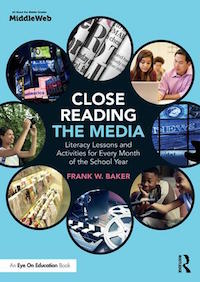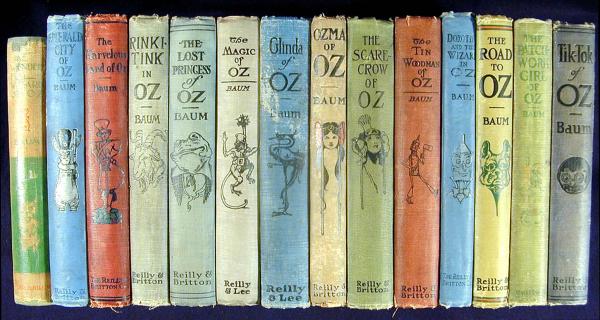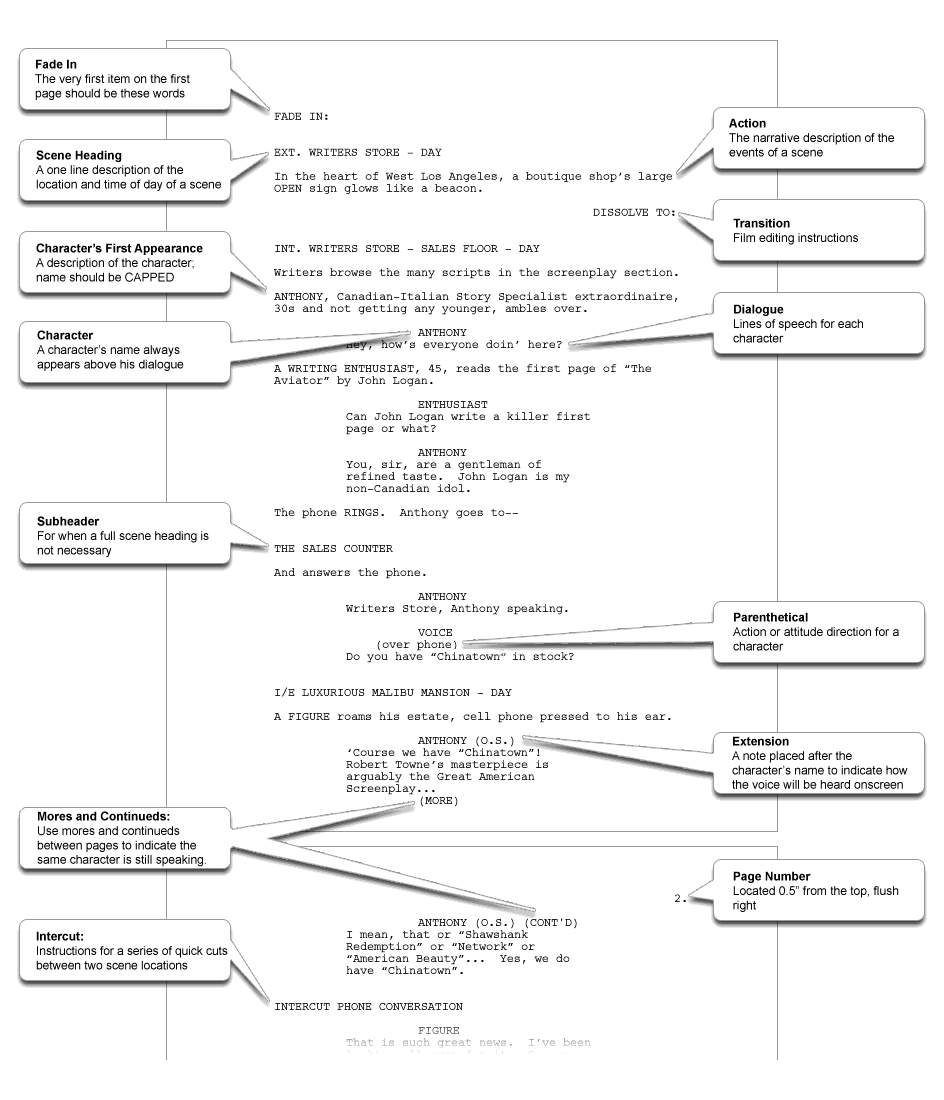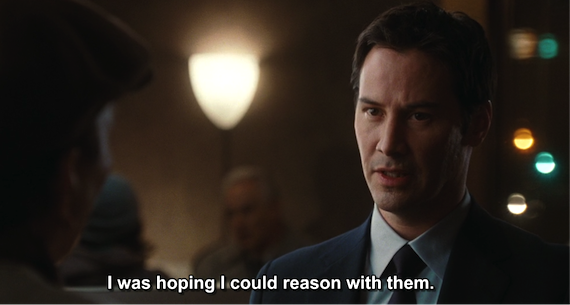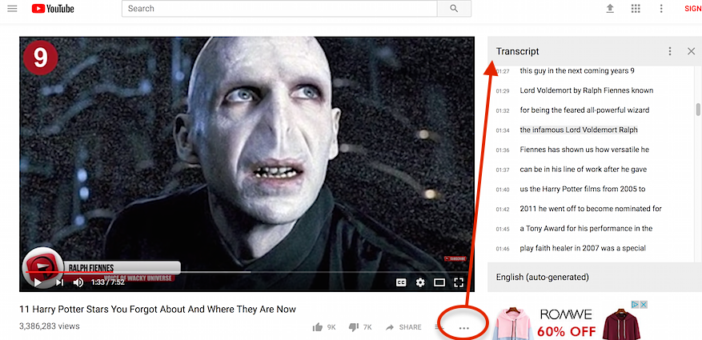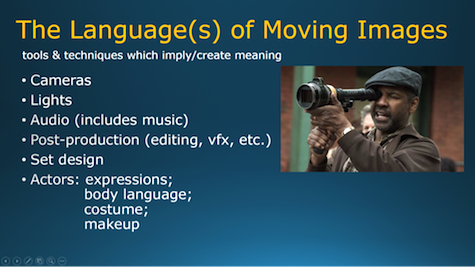Using Film To Teach Reading and Literacy
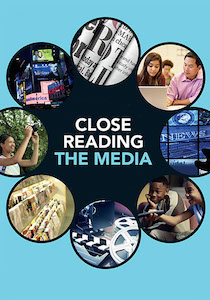
For most of a century, we’ve heard experts claim that “the media” is the enemy of literacy. First it was radio, then movies, then TV.
Nowadays, when I hear this repeated yet again, I like to offer a true story that helps dispel the claim. Shortly after The Wizard of Oz was first broadcast on television in 1956, libraries across the United States reported something surprising: a major uptick in young readers checking out the book and discovering Frank Baum’s entire series of Oz novels. They saw the movie and they wanted more.
And here’s a more recent example: Each episode of Reading Rainbow – broadcast by PBS from 1983 to 2009 and the recipient of over 200 awards – featured a segment recommending books that were related to each show’s theme.
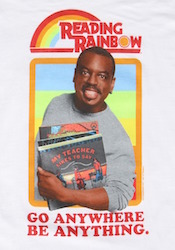
The evidence continues to abound. Media can motivate even reluctant readers to pick up the printed word, with the right guidance. That’s one reason why teachers nationwide use video and film in their instruction. Media has its feet firmly planted in K-12 classrooms.
An important common core standard to keep in mind
Today, many films are “based on a true story” and current teaching standards encourage students to investigate how filmmakers use “artistic license” in their retellings.
Consider this Common Core ELA-Reading Literature Standard for 8th grade: “Analyze the extent to which a filmed or live production of a story or drama stays faithful to or departs from the text or script, evaluating the choices made by the director or actors.” (Source)
If you’ve been following my blog and articles here at MiddleWeb, then you’re already familiar with how to engage students in “active viewing” and “critical viewing” when it comes to moving image media (television, video and film). Both concepts involve having students closely examining and questioning the text (and in this case, the film is the text).
Which questions should they ask? How will this inquiry help build literacy skills? Read on.
Some engaging ways to link media and reading
I am fond of reminding educators that all media involve writing. Film is no exception. Each movie actually started as a script or screenplay (to use the medium’s vernacular). If your students have never been exposed to a film script, this would be a good time to introduce them to the format and conventions of a screenplay.
“Reading in general is important, whether it’s novels, comics, or the backs of cereal boxes—even if you’re not paying attention, your brain is remembering hundreds if not thousands of subtle connections between language and storytelling. Reading screenplays provides an added benefit—allowing you and your brain to see proper formatting in action.” — Jack Picone, Director of Student Affairs, New York Film Academy
For example, every movie script has two major elements (and only two): action and dialogue. Those same scripts have codes and abbreviations that will be important for your students to recognize and understand.
Look at this “anatomy of a script” infographic from The Writers Store blog. The script content isn’t important here; it’s the labeling we’re focusing on. (Click to enlarge.)
Now you might be saying: I don’t have access to screenplays. Actually, you do! With the film awards season in high gear (October-March) a large number of recent scripts are available free online for educators to use with students. IndieFilmHustle offers downloads of many screenplays of current releases.
Looking for older material? This resource list from the New York Film Academy will go a long way in leading you to just about any screenplay you want to examine: 10 Great Websites to Download Movie Scripts. (You might even find scarce Harry Potter movie scripts. Here’s one.)
Activity recommendation: After your students have become familiar with the language of the screenplay, consider showing them a short scene from a film and having them recreate the script based on what they heard and viewed. Alternatively, have them read a scene from a book they might be studying, and then, working in groups, have them create the film script of what that scene might look and sound like. (On one of my websites, I suggest an extension to that—students read the first two pages of the novel “Because of Winn Dixie,” and then in groups they storyboard that scene as if they were about to film it for the camera.)
CC: Having students read the film
Almost every movie (online or on DVD) is coded with CC — “closed captions” — the dialogue superimposed as words on the screen. Captions were invented to aid those who are deaf or hard-of-hearing follow the plot.
But captions can also help struggling readers. Several studies have shown that playing movies with open captions can aid students with learning disabilities as well as English Language Learners.(Source)
Do you know how to open the captions, to make them visible? Captionmax offers this guidance.
YouTube videos have scripts, too
Many teachers use YouTube videos to support instruction. Most of us know that when we take the time to select a video for use with students, we instantly have their attention. What you may not know is that you can also pull up the transcript of many of the videos on the video-sharing site.
Here’s how to get the transcript of a YouTube video (when available):
- Go to YouTube and open the video of your choice.
- Click on the “More actions” button (3 horizontal dots) located next to the Share button.
- Click “transcript”
Click on Lord Voldemort to read the transcript sample. Although the syntax can be a little goofy, this is a pretty good solution.
Films are texts that can be read
I have previously written about the “language of film” which I define as both the tools (cameras, lights, sound, etc.) and the techniques (performance, direction, editing) which, when recognized, can heighten students’ understanding of how visual/aural methods imply meaning.
These filmmaking techniques are directly referenced in this Common Core ELA Reading 7th grade standard: “Compare and contrast a written story, drama, or poem to its audio, filmed, staged, or multimedia version, analyzing the effects of techniques unique to each medium (e.g., lighting, sound, color, or camera focus and angles in a film).” (Source)
Here are some of the ways films communicate that students can learn to identify and appreciate:
- Costumes, makeup, and hairstyles convey information about characters’ social status, personalities, and lifestyle
- Color, line, shape, and composition within the picture frame suggest ideas and emotions.
- Camera angles reveal characters’ relationships to each other and their relative importance to the story.
- Dialogue, sound effects, and music enhance and ground a film’s visuals. (Source)
When teachers have the experience and training in understanding how to teach film literacy, they make the film viewing experience a richer one for their students.
See my “Language of Film” web site for links to readings, resources, videos and book recommendations.
Other film literacy ideas
► Task your students with writing and publishing a film review. They should first study what a review should include before starting to write one of their own.
► Using Twitter, have students create 140-space tweets that summarize a film’s plot. (Or the new 280-character limit if you prefer.)
► Have students produce a “press kit” for a classic or contemporary film. (Here’s a good article which describes what elements should be in a press kit.)
► After viewing a film, students write the script for a one-minute movie review which they will film and edit as a finished video.
A powerful teaching tool
Film is a natural teacher as we all know. Teaching students to “read” a film is not difficult. Educators just need to appreciate how films communicate and how our students interpret what they see and hear on the screen. Once again, media has proven to be a powerful teaching tool—one made more so by those who know how to go deeper into its underlying meanings.
Resources
Teaching Literacy Through Film (Free Course)
https://www.futurelearn.com/courses/teaching-literacy-through-film
How to Bring Screenwriting Into the Classroom (Edutopia)
https://www.edutopia.org/blog/screenwriting-classroom-jennifer-ansbach
____________________
